Comprehensive Answers on Defoamer Classification, Dosage, Usage, and Safety Issues
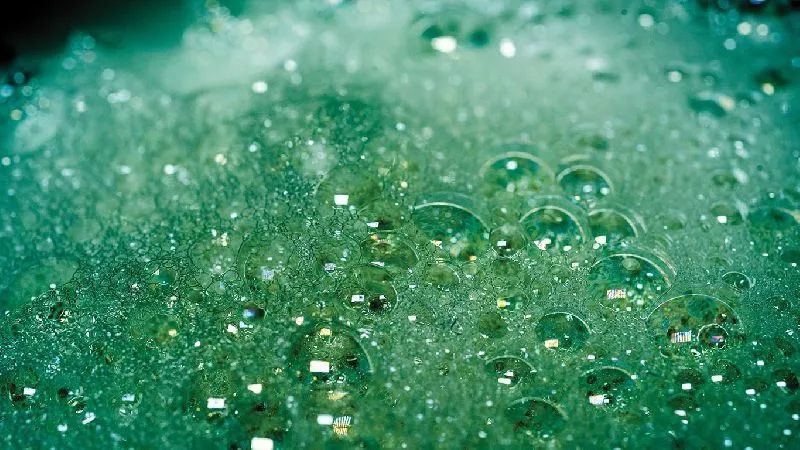
Friends often ask how defoamers are classified, what types of defoamers there are, and which one is better. In fact, defoamers can be categorized in many ways according to different classification standards. The question of which one is better depends on specific circumstances; different usage scenarios require different types of defoamers.
01According to their forms, they can be divided into five categories: solid granular type, emulsion type, dispersion type, oil type, and paste type.
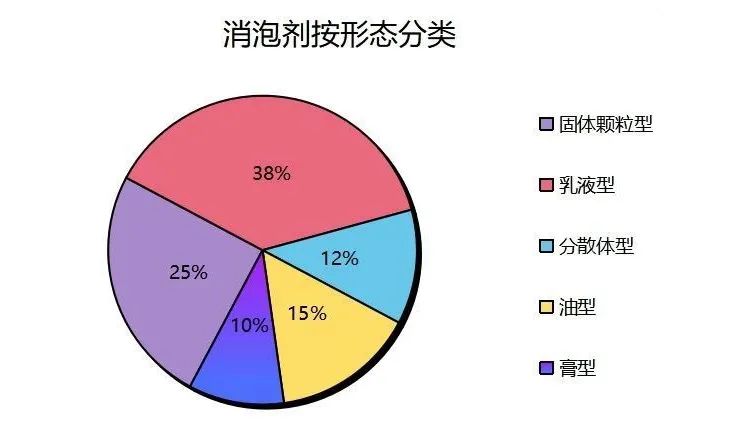
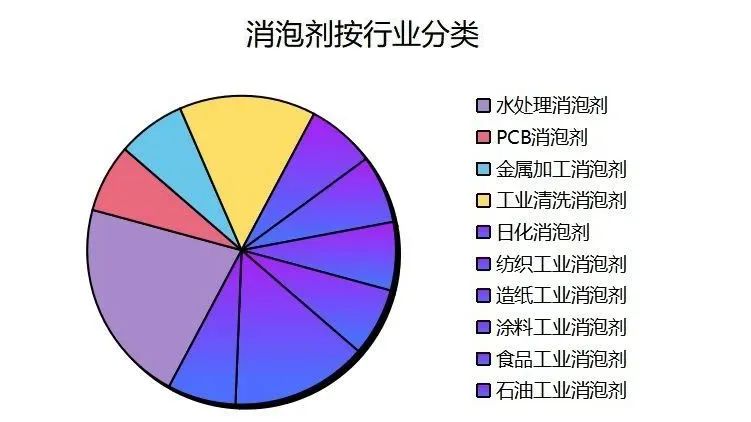
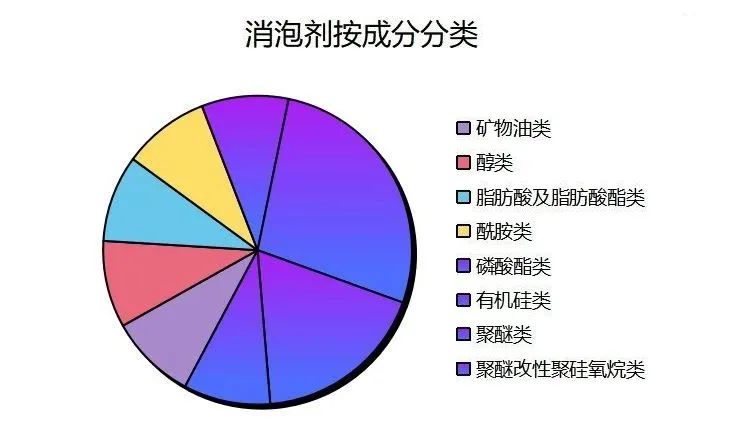

What is the dosage of defoamer, and is there any standard? This is a question that many friends often ask.
Generally speaking, there are no fixed dosage requirements for defoamers in the industrial field; as long as it does not affect product performance and standards, the defoamer should be added until the foam is eliminated.
If the defoamer is used as a food additive, it should be added cautiously in strict accordance with the requirements of the "Hygienic Standards for the Use of Food Additives."
The "Hygienic Standards for the Use of Food Additives" in China stipulates that the maximum usage of defoamers for brewing processes is 1g/kg, for soybean product processes is 1.6g/kg, and for sugar production and fermentation processes is 3g/kg, while the general industrial usage amount is around 0.5-2.5‰.
In industries with severe foaming issues, the usage of defoamers can be as high as 4% or more, depending on the specific situation.
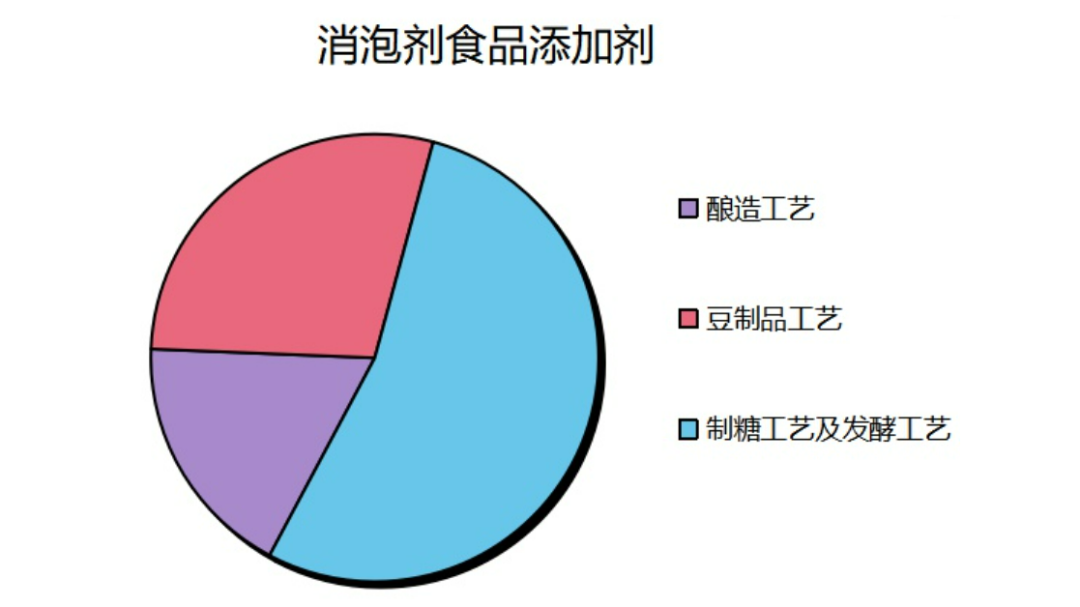

Friends who are new to defoamers may not be very clear on how to use them. Zhiwei Materials introduces the correct method of using defoamers to everyone.
01
When using a defoamer for the first time, you can apply for several samples from known materials (contact the WeChat number provided at the beginning of the article) for small-scale testing. Once you have the samples, you can conduct independent tests on different samples and record the test results for future reference. Do not just select the one with the best defoaming performance, as the best one is usually expensive. It is recommended to choose a defoamer with a good cost-performance ratio. The experimental process can use the shake flask test method, which is the simplest method and can be used in the field of wastewater treatment. Aeration tanks can generally use the aeration method.
02
In some fields, defoamers need to be diluted before application. When diluting, pay special attention to choosing tap water that does not contain other impurities. Do not use hot water, as it may cause demulsification. After dilution, check the pH value, and other additives can also be added to assist in improving the dilution effect.
03
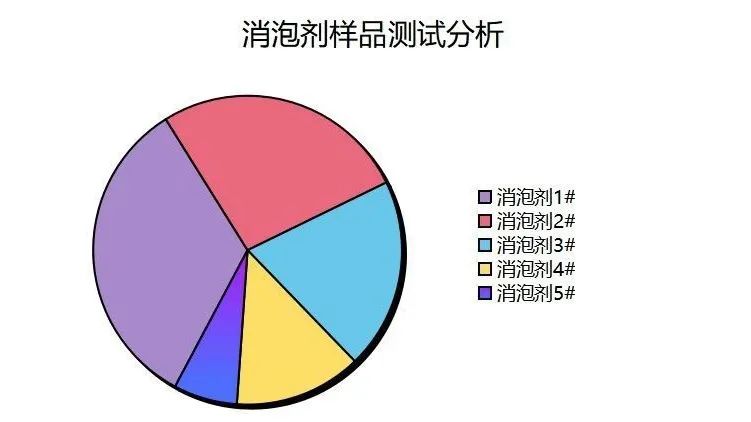
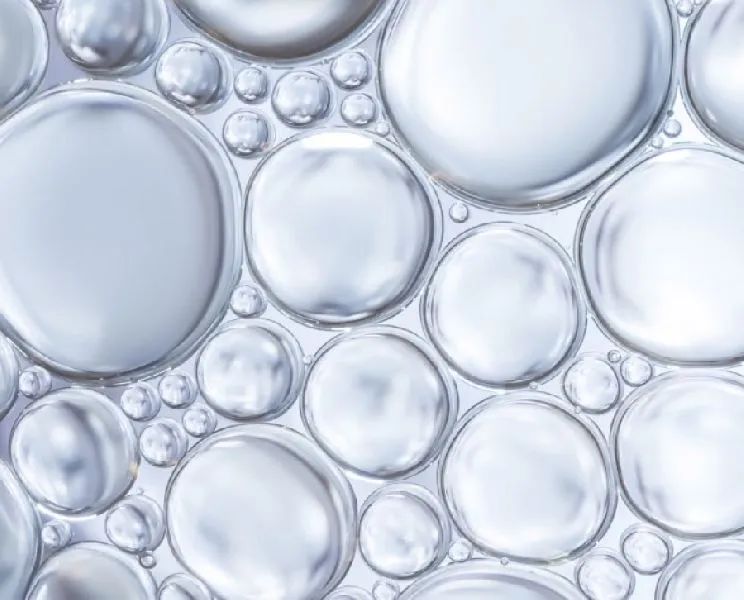
Online reports indicate that soybean milk, hot pot, and cooking oil contain defoamers, causing concern among people. Can defoamers be eaten?
Defoamers are divided into industrial-grade defoamers and food-grade defoamers. The ones added to food are food-grade defoamers, which are not harmful to the human body, so they can be consumed with confidence. However, as a food additive, it is necessary to control the maximum usage, as excessive addition can also be harmful to the human body. Businesses using defoamers as food additives must strictly adhere to the requirements of China's "Hygienic Standards for the Use of Food Additives" when adding them cautiously. Industrial defoamers are strictly prohibited from being added to food; if not ingested by mistake, they are also not harmful to the human body.
【Copyright and Disclaimer】The above information is collected and organized by PlastMatch. The copyright belongs to the original author. This article is reprinted for the purpose of providing more information, and it does not imply that PlastMatch endorses the views expressed in the article or guarantees its accuracy. If there are any errors in the source attribution or if your legitimate rights have been infringed, please contact us, and we will promptly correct or remove the content. If other media, websites, or individuals use the aforementioned content, they must clearly indicate the original source and origin of the work and assume legal responsibility on their own.
Most Popular
-

Zf asia-pacific innovation day: Multiple Cutting-Edge Technologies Launch, Leading Intelligent Electric Mobility
-

Mexico officially imposes tariffs on 1,400 chinese products, with rates up to 50%
-

Fire at Sinopec Quanzhou Petrochemical Company: 7 Injured
-

List Released! Mexico Announces 50% Tariff On 1,371 China Product Categories
-

Argentina Terminates Anti-Dumping Duties on Chinese PVC Profiles! Kingfa Technology & Siemens Sign Digital and Low-Carbon Cooperation Agreement






